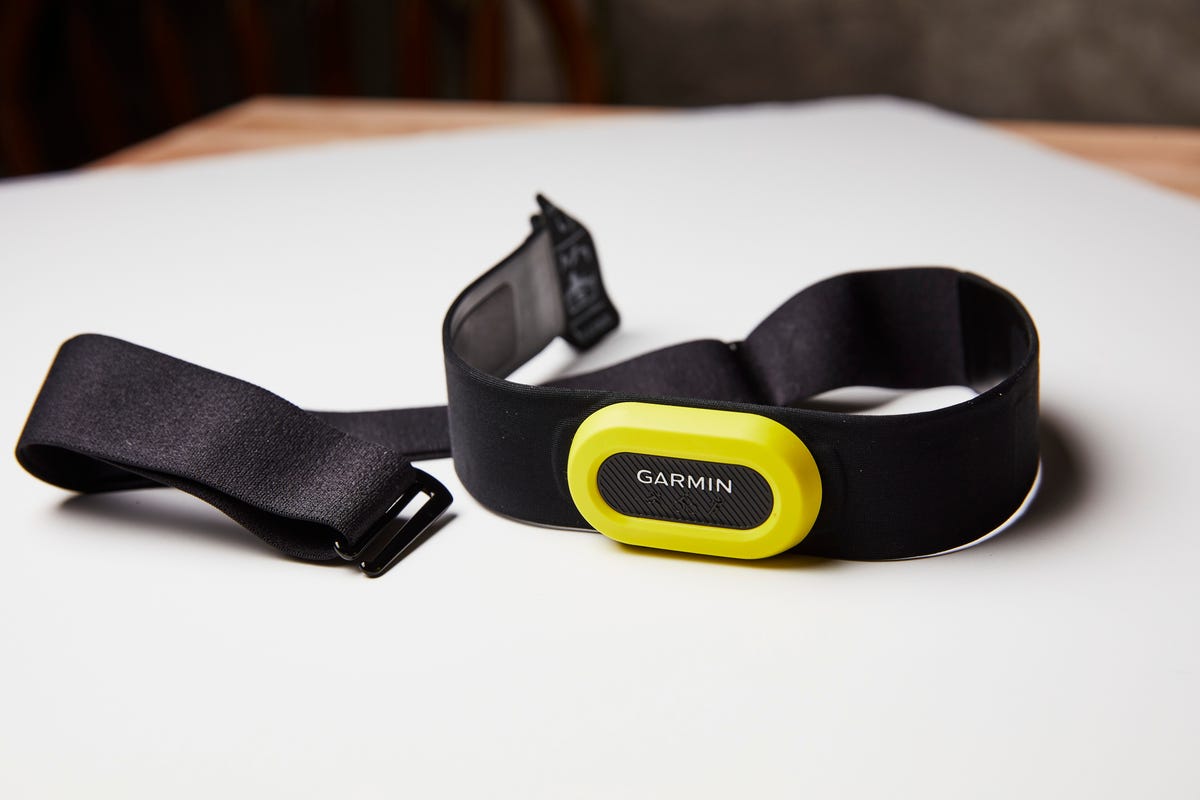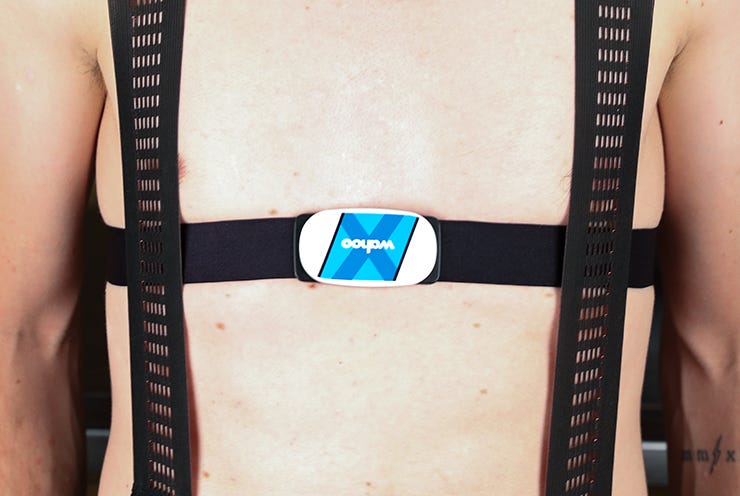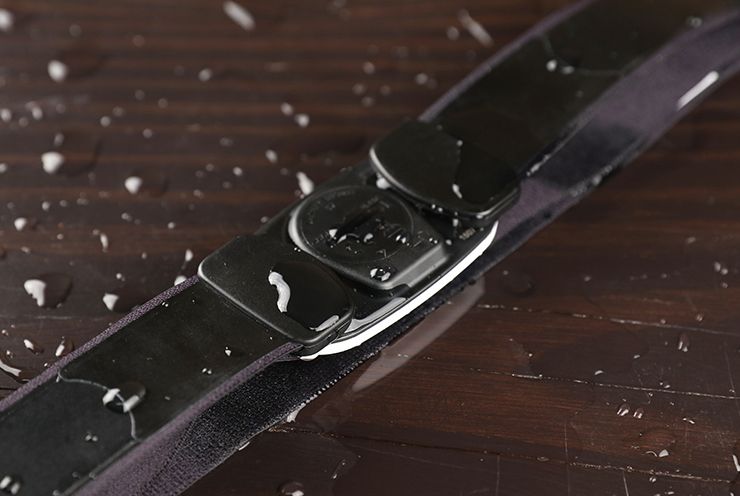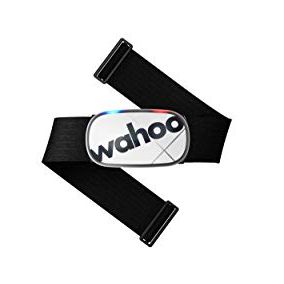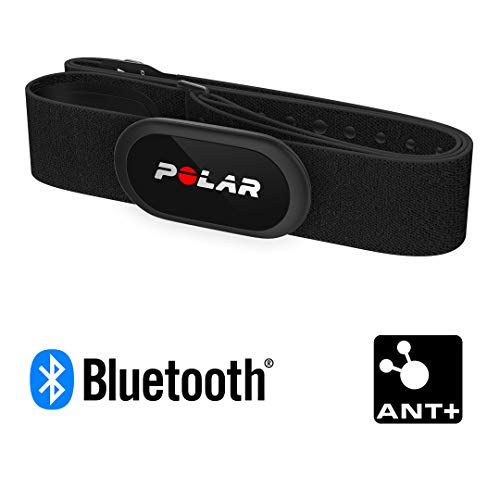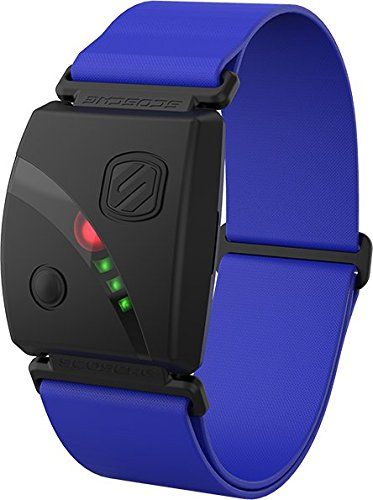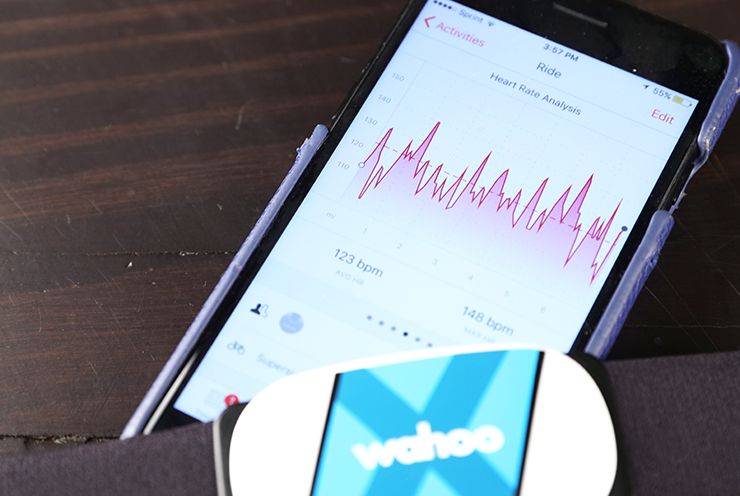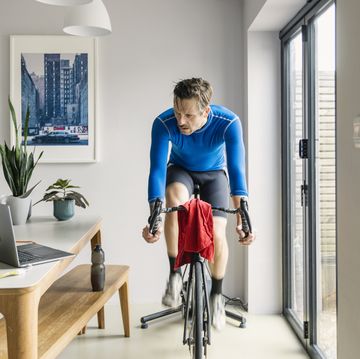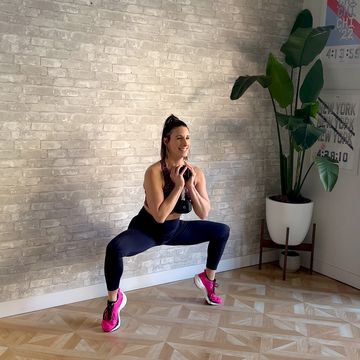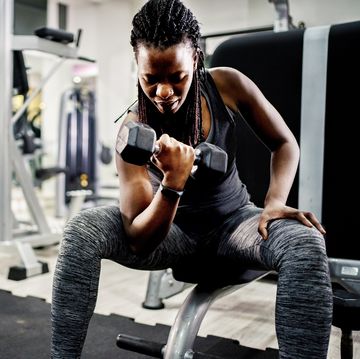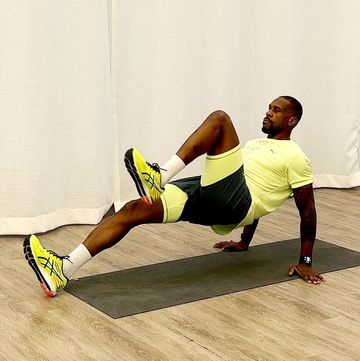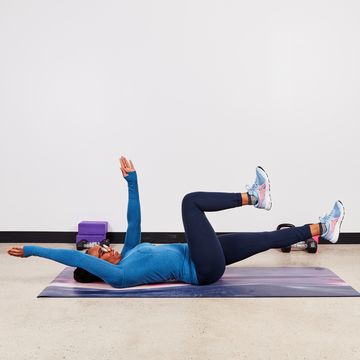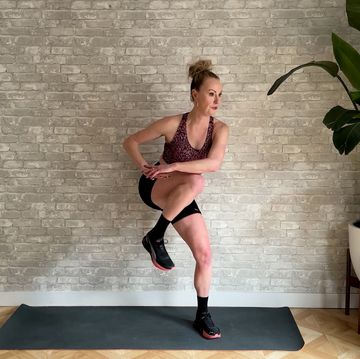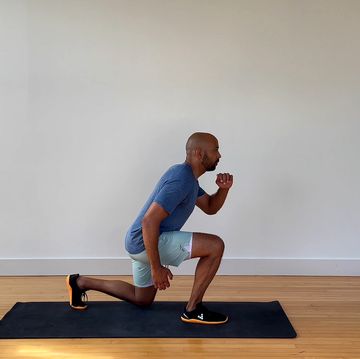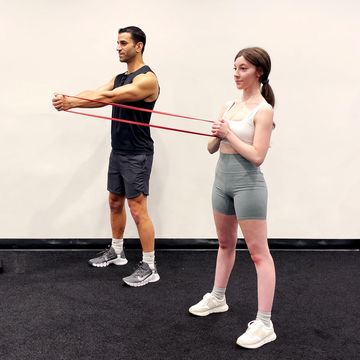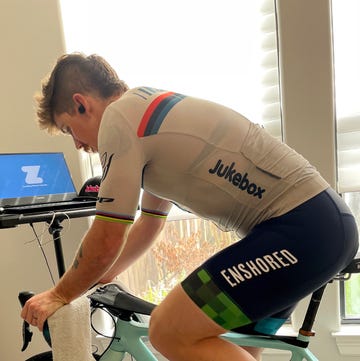Heart rate monitors are some of the most popular training tools on the market for cyclists who want to track and improve their fitness. But it’s not enough to simply wear a heart rate monitor if you want to get something out of it.
Here, we tackle the biggest missteps most people take with this basic but powerful tool, and how to use a heart rate monitor the right way.
Wearing the heart rate monitor upside down
Thanks to fitness trackers from companies like Fitbit, Garmin, and Polar, wrist-worn optical heart rate monitors are growing in popularity. But among cyclists, the chest strap-based heart rate monitor still reigns supreme for comfort, accuracy, and cost.
Unfortunately, wearing it wrong can affect its performance. You want it fitted snug across your chest, with the sensor centered across your front. It should also be right-side up. According to Garmin’s product managers, the chest-strap monitor won’t work as well as it could if it’s worn upside down.
Not washing the strap often enough
Not washing your heart rate monitor enough could cause what’s known as acne mechanica from the constant rubbing against your skin—but keeping it clean isn’t just a hygiene thing. It can also impact how well your heart rate monitor works.
According to Polar, dirt can affect the strap’s elasticity, as well as how accurately the heart-rate sensor functions. You’ll want to check the manufacturer’s website for which washing technique you should use: Some straps are washing machine safe, while others are hand wash only.
Not wetting the strap fully before wear
If it takes a while for you to break a sweat, or you’re riding in cool, dry weather, you could get faulty, spiky readings at the beginning of your ride. To fix this, you’ll want to moisten your strap before hopping on the bike—a good practice even in wetter conditions.
“Wetting the electrodes with water is great, but getting the whole front of the strap a bit wet is even better,” a Garmin representative recommends.
You have HR data, but don’t know what to do with it
“What many people have yet to really understand is how to use heart rate [data] to actually become a better athlete,” former Polar USA president Tom Fowler says. “They’ll say, ‘Okay great, I went and did a two-hour ride and my average heart rate was 132bpm,’ but the question really is then, well, what does that mean? And what does that mean that athlete should do tomorrow?”
Pairing heart-rate data with training guidance from programs like TrainingPeaks can help maximize your efforts and the efficiency of your workouts.
Not realizing that a lot of factors affect your heart rate
Some days, your heart rate may skew low, while other days it may be high—and that’s perfectly normal.
Heart rate measures the body’s response to work, and it can be highly variable. Your heart rate may rise up to 10bpm if you are fatigued, overtraining, it’s a hot day, or even if you’ve had one too many espressos. Alternatively, you may find that your heart rate decreases noticeably when you’re tired or riding in the cold.
Not accounting for the lag between effort changes
When you make a sharp change in effort level, your heart rate won’t spike immediately.
“People training with heart rate will often start their intervals too hard as they try to get their heart rate up to a target number, when in fact, they should be giving themselves a few minutes to climb to the target range,” says Nate English, cycling coach and founder of English Endurance.
Because of this lag, English also cautions that heart rate isn’t very effective for gauging efforts under a minute.
Join Bicycling All Access for more tips and tricks
Not knowing your training zones—or using incorrect ones
Knowing your correct training zones can focus your workouts, making them more effective. If those zones are wrong though, you may waste time and energy.
English recommends using an uphill time trial or maximal threshold fitness test in warm weather to determine your maximum heart rate. (Ideally, trying those efforts several times, then averaging the results.) Then, you can use an online calculator to distinguish five or six training zones, depending on what your coach or training plan calls for.
Check out this video to master your training zones:
Using a wrist-based monitor for high intensity efforts
If you prefer not to use a chest-strap heart rate monitor, that’s fine—as long as you’re aware of the limitations of alternatives.
For relatively steady state efforts, Fowler says an optical heart rate monitor offers a great level of accuracy. But if you’ll be sprinting or doing other kinds of short, high-intensity bursts, a chest-based strap is more sensitive and can more quickly capture changes in heart rate that a wrist-worn heart rate monitor could miss.
